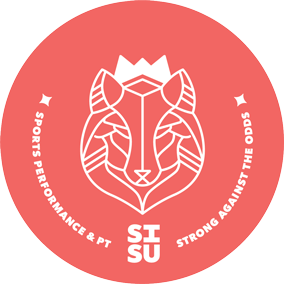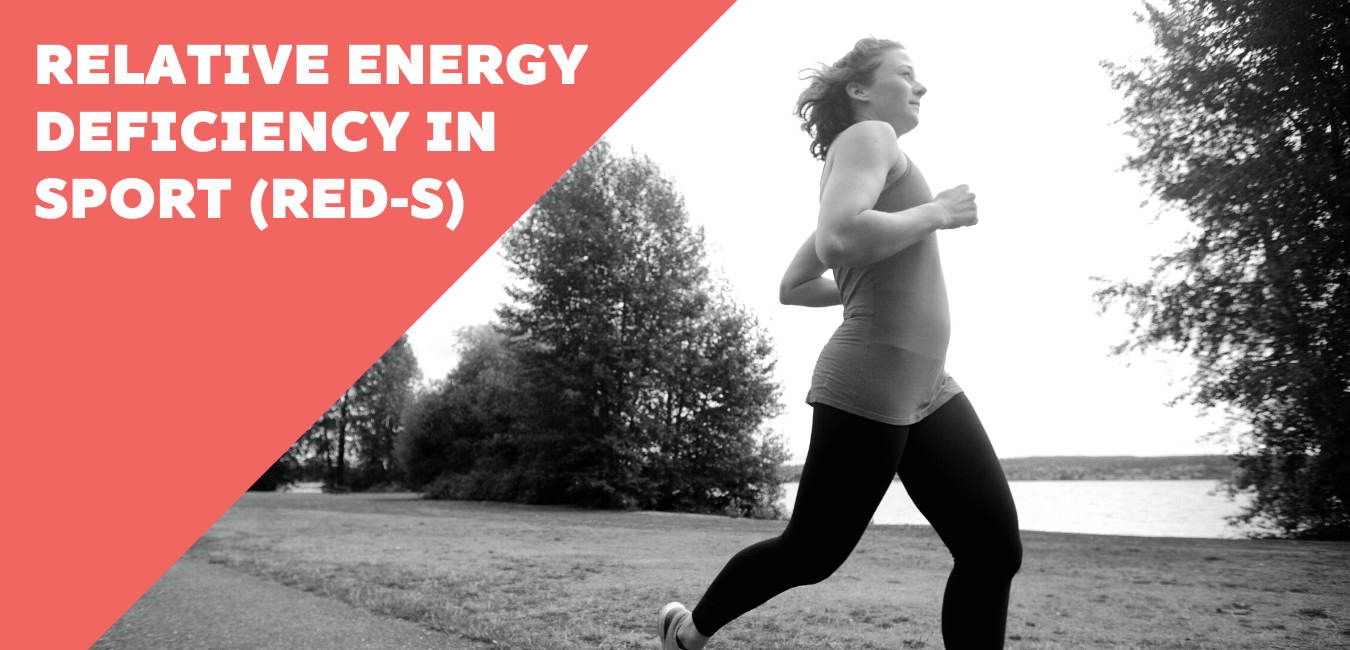Many women in the world of sport experience injury, fatigue, and over-training. Can we say that this is just the nature of sport & competition, or are we missing something?
I truly believe that energy deficiency is widespread among athletes, particularly females, and is contributing to injuries and burn-out. To address it, we need to know about it – read on to find out what RED-S is, how to recognize it, and what we can do to reduce its negative consequences on athletes of all ages.
What is RED-S?
RED-S stands for relative energy deficiency in sport. It basically means that an athlete is not taking in enough calories to meet and exceed expenditure, which puts said athlete in an energy-deficient state.
As an athlete, we want (need) to be in an energy surplus – so we have enough fuel to meet the demands not only of our sport, but our life outside of sport.
In an energy deficient state, we see impaired physiological functioning – or impaired function of your body systems. This includes, but isn’t limited to (so there could be a whole host of other issues!): impairments of metabolic rate, menstrual function, bone health, protein synthesis, immunity and cardiovascular health. (IOC consensus statement)
What this means, is that NOT EATING ENOUGH can actually be a primary contributing factor to changes in our metabolism, irregular or absent periods, bone injuries, issues with building muscle, frequent illness, heart function, and impaired performance.
Pretty wild right??

Relative Energy Deficiency in Sport
I like this graphic because it shows our energy levels as a continuum, from a dead battery to a fully charged one. You can see that on the far left, with severe energy restriction, more of our bodily systems are impacted. As we move to the right, we have a greater amount of energy or perhaps are less energy-deficient, but still have menstrual disturbances and see a negative impact on recovery & training adaptation until that battery is full. It’s also important to note from this picture that menstrual changes due to energy surplus/deficiency vary considerably between individuals, so it’s not always a perfect marker of energy availability.
How is RED-S different from the female athlete triad?
You may have heard of the Female Athlete Triad, which I consider to be a sub-condition within the umbrella of RED-S.
The Female Athlete Triad refers specifically to 3 things: low energy availability with or without disordered eating, low bone mineral density, and irregular or absent menstrual function. This condition obviously refers to females only.
RED-S involves a lot more than just 3 facets of health and includes males in addition to females. It involves the impairment of multiple physiological systems in the body secondary to an underlying energy deficit.

 Who is impacted by RED-S?
Who is impacted by RED-S?
ANYONE who is not taking in enough calories to meet their expenditure. Its most studied and recognized in endurance sports because of the high caloric expenditure that occurs with training for these sports. In addition, most studies have been on females due to the more evident negative effects on reproduction (i.e. amenorrhea); whereas in males this impact is more difficult to track. However, RED-S can occur in volleyball players, cheerleaders, basketball players, males, females, literally any kind of athlete.
How do I know if I’m energy deficient?
Great question. Difficult answer.
Energy deficiency looks different on everyone, but the following signs may indicate that you are experiencing low energy availability:
- Prolonged or excessive fatigue
- Declining performance
- Sleep disturbances
- Irritable bowel syndrome
- Bloating, gas, acid reflux
- Shortened or absent periods
- Decreased body temperature/cold sensitivity
- Increased recovery time
- Decreased power, strength or endurance
One of the biggest things to take note of is a CHANGE, particularly if training volume or intensity starts to increase. Being aware of your body and noticing if it’s responding to training differently over time is super important here.
If you are needing help with understanding your energy demands and individual energy needs, we encourage you to seek the help of a trusted registered sports dietician.
If you have questions, or are in need of a referral, please feel free to connect with us through the link below.
I am text block. Click edit button to change this text. Lorem ipsum dolor sit amet, consectetur adipiscing elit. Ut elit tellus, luctus nec ullamcorper mattis, pulvinar dapibus leo.






